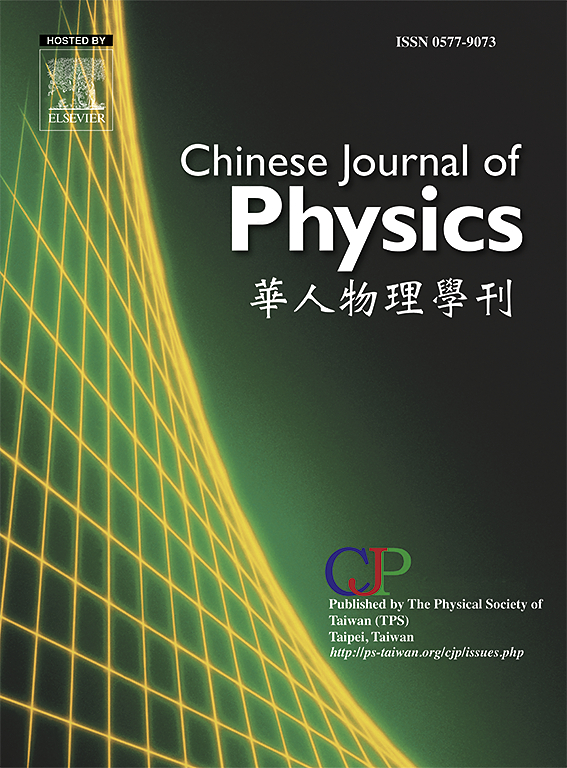Quantum complementarity yields Tsirelson bounds on Bell-type inequalities
IF 4.6
2区 物理与天体物理
Q1 PHYSICS, MULTIDISCIPLINARY
引用次数: 0
Abstract
We show that quantum complementarity defines the boundaries of quantum correlations. We introduce a complementarity principle (CP), which states that for mutually complementary observables with measurement values of , the sum of their squared expectation values cannot exceed 1. Using the CP, we derive the Tsirelson bounds for violations of the CHSH, Mermin, and Svetlichny inequalities. We show that the CP is closely related to the uncertainty principle, providing an uncertainty relation for complementary dichotomic operators. Our results offer new insights into the relation between the uncertainty principle and quantum correlations. Compared to the Exclusivity Principle (EP), which relies on graph-theoretic techniques such as the Lovász number and is limited by spacelike-separated measurement constraints that prevent the upper bound from reaching the Lovász number, our method bypasses the graph theory. It offers a simpler, more efficient approach to determining the maximum quantum violations of Bell-type inequalities, while naturally incorporating measurement constraints and enabling direct determination of Tsirelson bounds, making it more versatile for a broader range of complex Bell-type inequalities.

量子互补产生bell型不等式上的Tsirelson界
我们证明了量子互补性定义了量子相关的边界。我们引入了互补原理(CP),即对于测量值为±1的互补性观测值,其期望值的平方之和不能超过1。利用CP,我们导出了CHSH、Mermin和Svetlichny不等式违反的Tsirelson界。我们证明了CP与不确定性原理密切相关,为互补二分类算子提供了不确定性关系。我们的结果为不确定性原理与量子相关性之间的关系提供了新的见解。与独占原理(EP)相比,它依赖于图论技术,如Lovász数,并受到防止上界达到Lovász数的类空间分隔测量约束的限制,我们的方法绕过了图论。它提供了一种更简单,更有效的方法来确定贝尔型不等式的最大量子违反,同时自然地结合测量约束并能够直接确定Tsirelson界,使其更适用于更广泛的复杂贝尔型不等式。
本文章由计算机程序翻译,如有差异,请以英文原文为准。
求助全文
约1分钟内获得全文
求助全文
来源期刊

Chinese Journal of Physics
物理-物理:综合
CiteScore
8.50
自引率
10.00%
发文量
361
审稿时长
44 days
期刊介绍:
The Chinese Journal of Physics publishes important advances in various branches in physics, including statistical and biophysical physics, condensed matter physics, atomic/molecular physics, optics, particle physics and nuclear physics.
The editors welcome manuscripts on:
-General Physics: Statistical and Quantum Mechanics, etc.-
Gravitation and Astrophysics-
Elementary Particles and Fields-
Nuclear Physics-
Atomic, Molecular, and Optical Physics-
Quantum Information and Quantum Computation-
Fluid Dynamics, Nonlinear Dynamics, Chaos, and Complex Networks-
Plasma and Beam Physics-
Condensed Matter: Structure, etc.-
Condensed Matter: Electronic Properties, etc.-
Polymer, Soft Matter, Biological, and Interdisciplinary Physics.
CJP publishes regular research papers, feature articles and review papers.
 求助内容:
求助内容: 应助结果提醒方式:
应助结果提醒方式:


